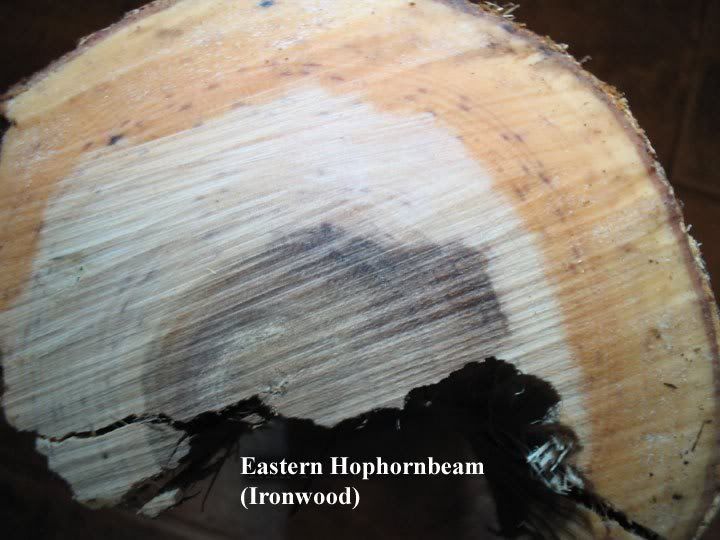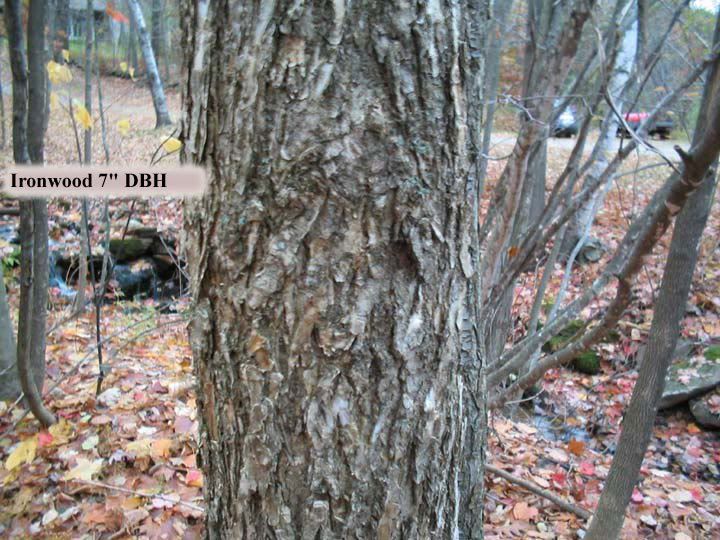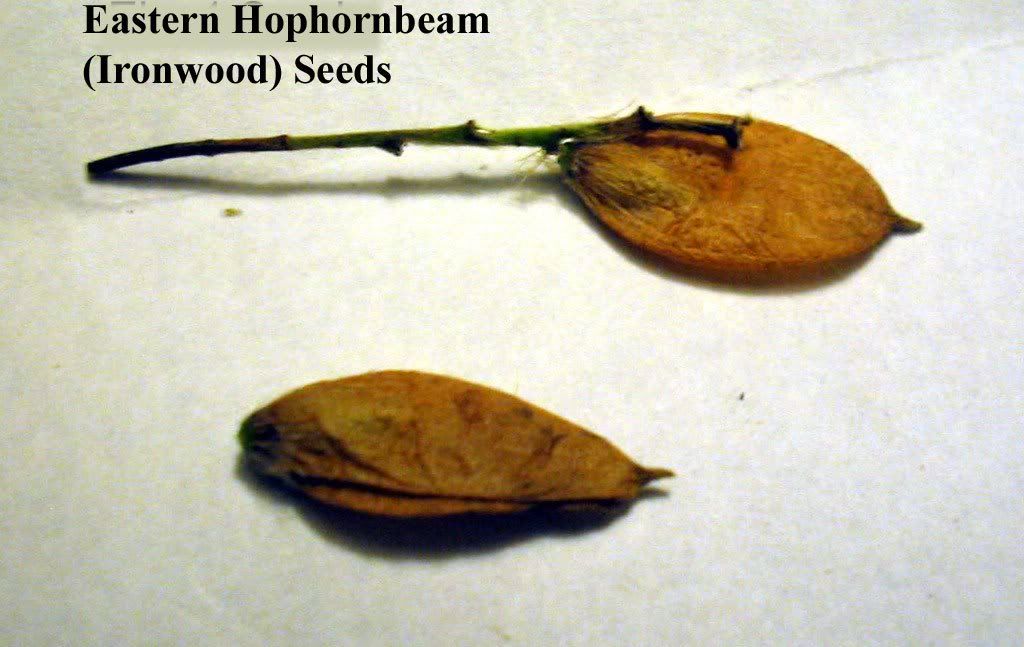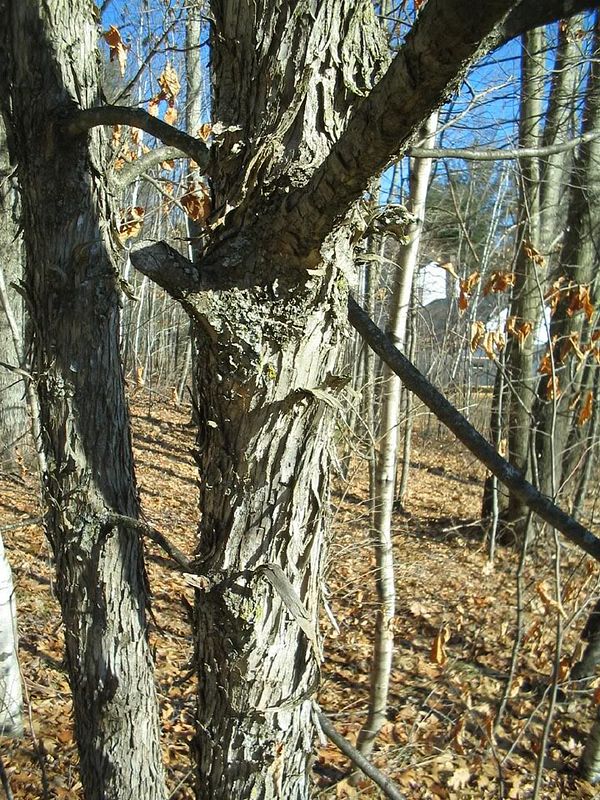1project2many
ArboristSite Guru
I posted a few pictures several months back regarding wood I thought might be some version of Elm. It had vaguely similar bark, serrated leaves, and seeds which looked very similar to seeds found on Elm. Lotsa guesses from AS but nothing definite. Even a local forester didn't have a good answer based on the pictures. I happened to find another tree from the same family with large sections of naturally peeling bark. That clue enabled me to ID the tree as Eastern Hophornbeam.





To confuse matters this tree is not the same as American Hornbeam although both trees share the common name Ironwood. American Hornbeam has a smoother gray bark with the appearance of muscles and sinews throughout. Eastern Hophornbeam has clumps of light yellow seeds which are present through the spring and darken through the end of the summer. More pictures can be found here:
Eastern Hophornbeam aka Ironwood pictures by misc_photos_01 - Photobucket





To confuse matters this tree is not the same as American Hornbeam although both trees share the common name Ironwood. American Hornbeam has a smoother gray bark with the appearance of muscles and sinews throughout. Eastern Hophornbeam has clumps of light yellow seeds which are present through the spring and darken through the end of the summer. More pictures can be found here:
Eastern Hophornbeam aka Ironwood pictures by misc_photos_01 - Photobucket
Last edited:





